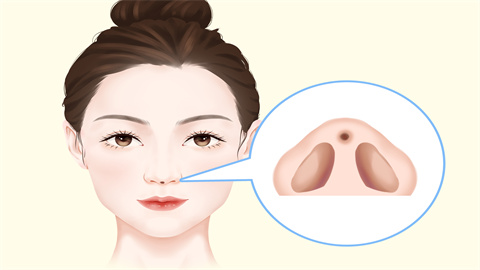Is it possible to have the stitches removed at a different hospital after rhinoplasty?
Generally speaking, rhinoplasty refers to nasal augmentation surgery. Methods of rhinoplasty include implant augmentation, costal cartilage grafting, hyaluronic acid injection, and autologous fat transfer. These procedures mainly involve augmenting the nose by implanting autologous tissue, allogeneic tissue, or synthetic substitutes to improve the nasal contour. The general reference price for rhinoplasty ranges from 3,000 to 8,000 yuan per session, with visible improvement typically seen within 1–3 months, although symptoms such as redness, swelling, and pain may occur. Whether rhinoplasty suture removal can be performed at another hospital mainly depends on whether the hospital meets the necessary conditions and on the patient's own situation. Detailed analysis is as follows:

If the selected hospital meets the conditions for suture removal and has the necessary medical equipment, and if the patient feels well with good wound healing, suture removal at another hospital is generally feasible. Nasal suture removal is not a complex medical procedure; as long as the appropriate tools and thorough disinfection are ensured, the procedure can usually be completed safely. However, it is important to choose a reputable and正规 medical facility and avoid unlicensed clinics.
However, if the selected hospital does not meet the conditions for suture removal or lacks the necessary equipment, and if the patient's condition is poor, with issues such as incomplete wound healing, infection, or bleeding, suture removal at another hospital is generally not recommended. Doctors at other facilities may lack familiarity with the patient's medical history, and improper suture removal could pose unnecessary risks and potentially compromise surgical outcomes.
Before undergoing suture removal following rhinoplasty, it is recommended to consult with the original surgeon and determine at their discretion whether suture removal at another hospital is appropriate. Additionally, proper post-removal care should be taken, avoiding contact with water too soon after the procedure.





